You are here
Photographer and friend Ian Fohrman is no stranger to the backcountry and the dangers of avalanche terrain, so we jumped at the chance to work with him during our current Gear Up for the Backcountry initiative and to bring him on as a Guest OP Contributor this December! This Pacific Northwest native turned Rocky Mountain adventurer has been shooting, writing, and shredding his way through the outdoor industry for over 10 years now, racking up an impressive repertoire of epic travels and jaw-dropping captures along the way. Check any of your favorite North American ski publications over the years and you'll find Ian's work flanking their pages, from Powder Magazine features and mountaintop poetry to trip reports with the likes of Chris Davenport and Ted + Christy Mahon, just to name a few...
To get to know him a bit better, we thought we'd pick his brain on all things work and life. Ian is one to tell his stories in both words and photos, so it only seemed fitting to accompany this interview with some of his incredible shots to give you the full picture. Read on and enjoy!
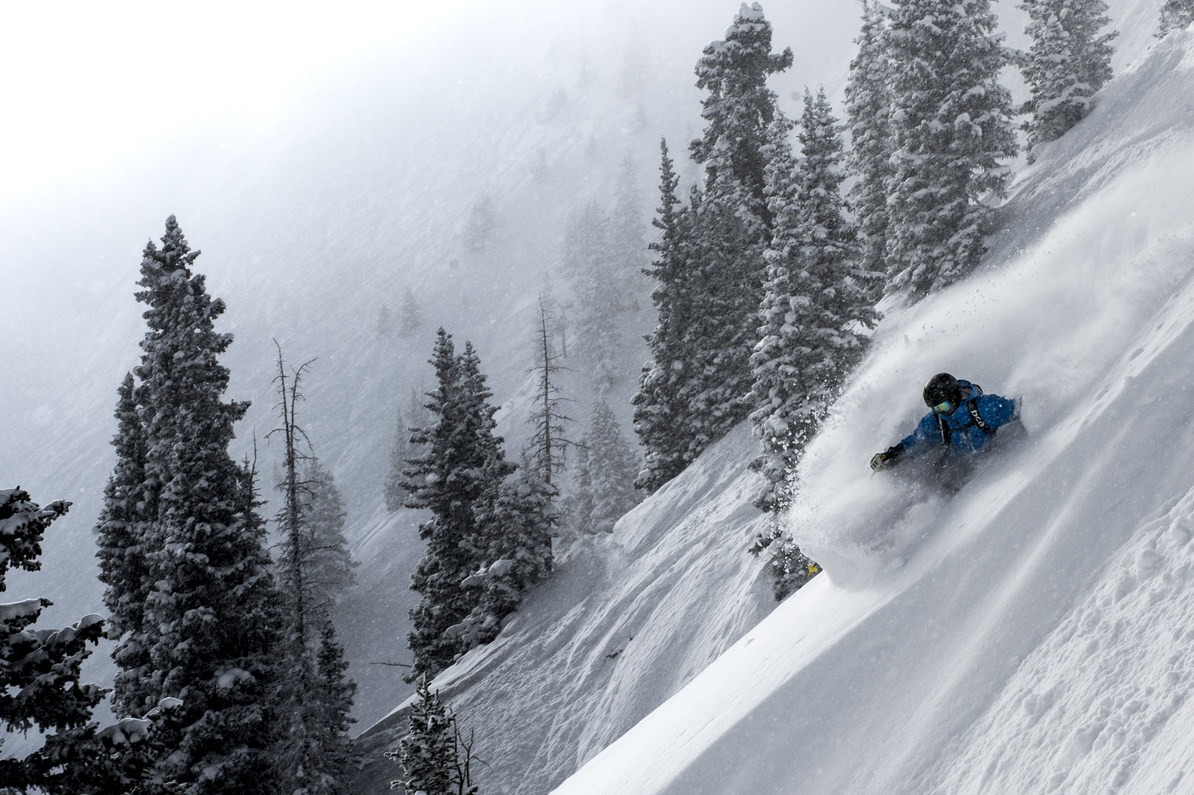
OP: What’s the story behind you discovering your love for photography?
Ian Fohrman: My dad has always shot photos as a hobby, and when I started high school he gave me his old metal body Nikomat 35mm. It had the sweet leather strap/case and everything. I spent a lot of time in the darkroom during those years, but it wasn’t until traveling abroad after college that I got more serious about shooting photos. I finished school in Australia and spent the next couple of months pinching pennies traveling around the South Pacific. I was experiencing new things every day, and I wanted to capture the way I was seeing the world.
That next winter I began writing and shooting for Powder Magazine. I was able to connect photography with my biggest passion in life, skiing, and it felt like I had a purpose. All of the sudden other people were seeing my work and I was beginning to build a career (Albeit very slowly… my first published online articles paid $25 for a week’s work. Restaurant work made up the rest.).
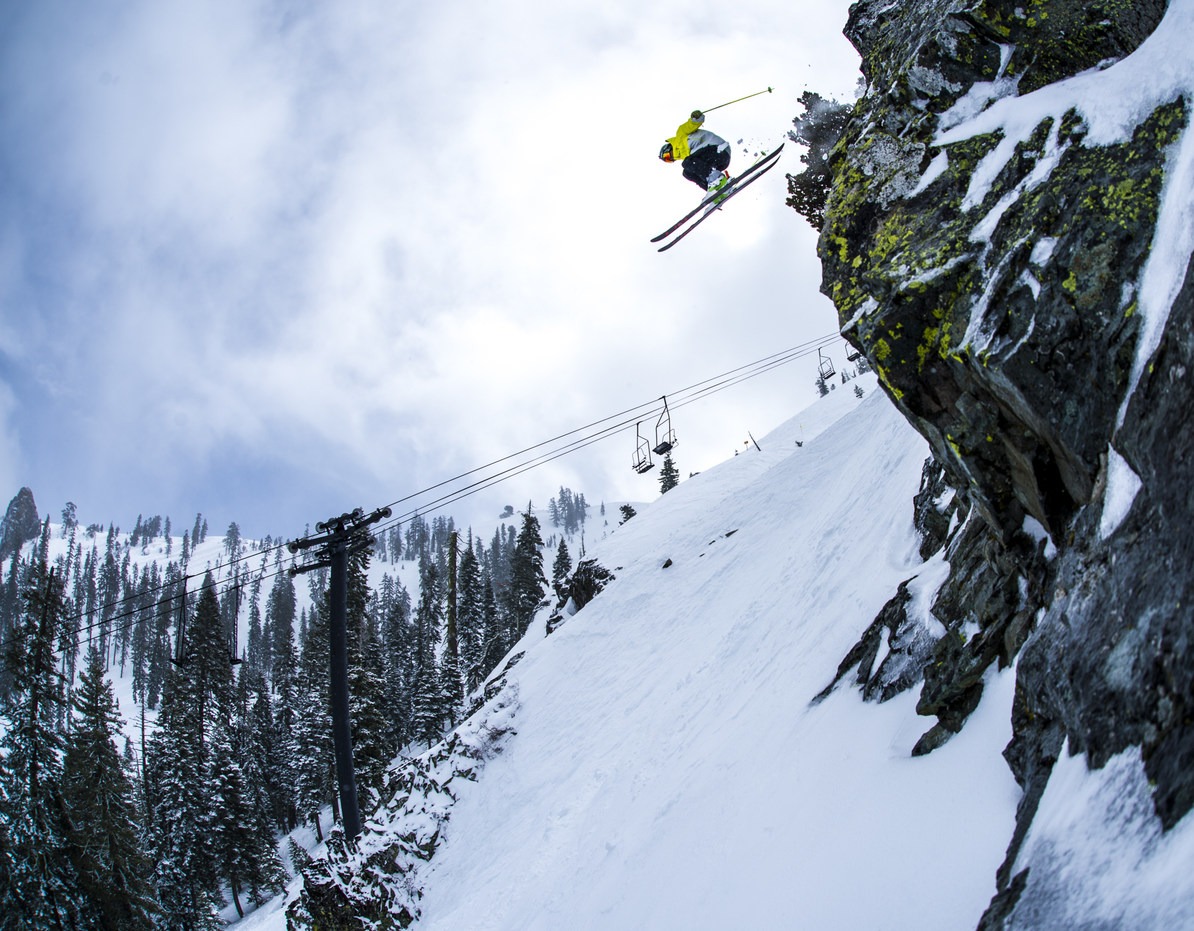
OP: As an avid skier, how has photography helped evolve your skiing and vice-versa?
Ian Fohrman: Without a doubt, photography has shaped me as a skier. It started by looking at other people’s photos in the pages of Powder, Freeze and Freeskier. The shots mirrored the images I saw in the Matchstick Productions, Poor Boys, and Teton Gravity Research movies, and it influenced my personal style and showed me what was possible on skis.
Once I started shooting photos professionally, I found myself on the hill with all the heroes I had been admiring on the page and in the movies. I learned how to navigate the backcountry safely. I learned to communicate with athletes and look at the mountain the same way they did. Eventually, I started following them uphill and my entire life as a mountain person changed. I became obsessed with ski mountaineering and man-powered backcountry travel.
I was lucky enough to get to shoot photos with a hero and mentor, Chris Davenport early in my career. We skied dozens of Colorado 13ers together. We skied volcanoes in the Pacific Northwest. He, along with a handful of others, really opened my eyes to a different way to approach the mountains. I still love skiing hard inbounds, but really I would say that photography and writing (and the amazing people I’m lucky enough to photograph) turned me into a ski mountaineer and backcountry skier.
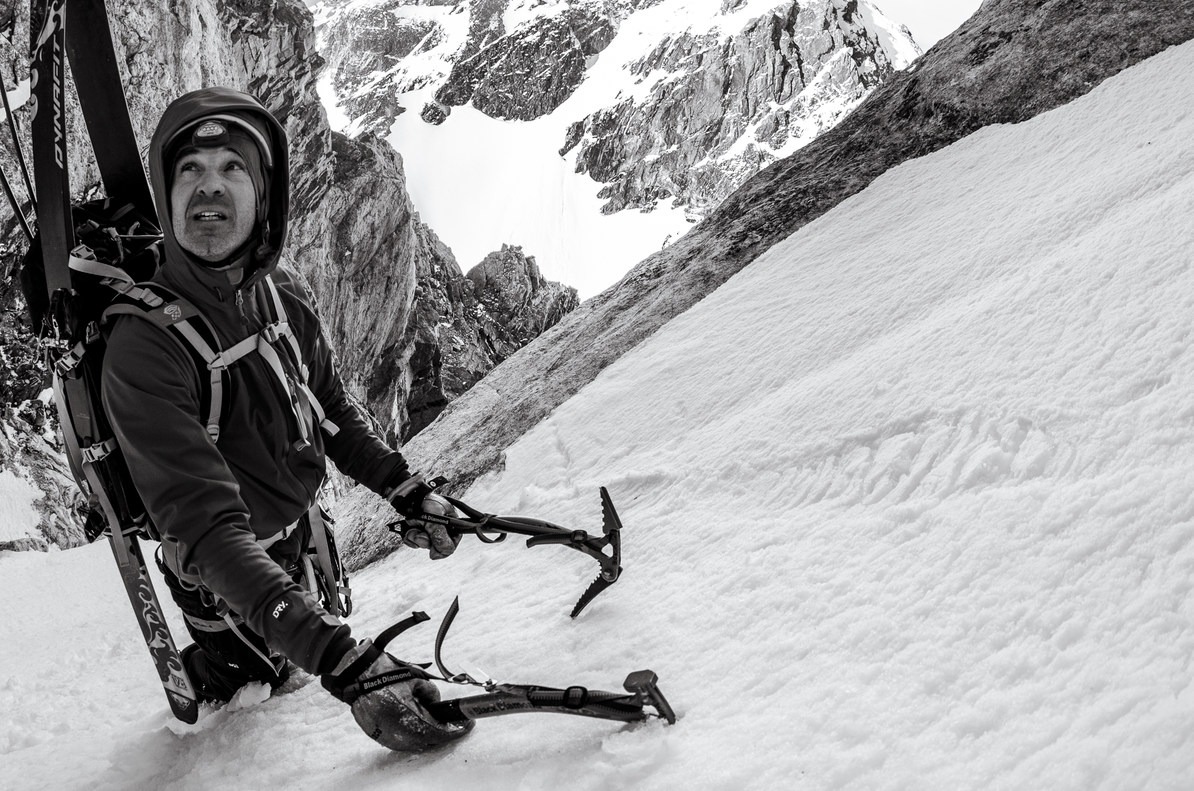
OP: Spending so much time in avalanche terrain (for both work and play), how do you prepare for each snow season? And have you ever had to use your avalanche education while in the backcountry?
Ian Fohrman: I try to pay attention to the snow reports even if I’m not going out. Colorado Avalanche Information Center has been great about posting videos of daily observations. You can learn a lot by watching guys that know more than you dig a pit and take notes. Plus, it’s important to know what’s been happening in the snowpack. Awareness of an old rain layer or facet layer from a cold dry spell can save your life later.
I do my best to get some beacon drills in every early season. You can never practice too much. I’ve always remembered the old military saying: “When the shit hits the fan, you don’t rise to your level of expectations, you fall to the level of your training.”
I do my best to use my avalanche education every time I make plans and head into the backcountry. Unfortunately, I’ve also had to use it several times in rescue situations. Fortunately, it’s never been my party that triggered the slide, but we’ve been able to provide assistance in some bad scenarios. It’s pretty eye opening to be on scene for big slides and burials.
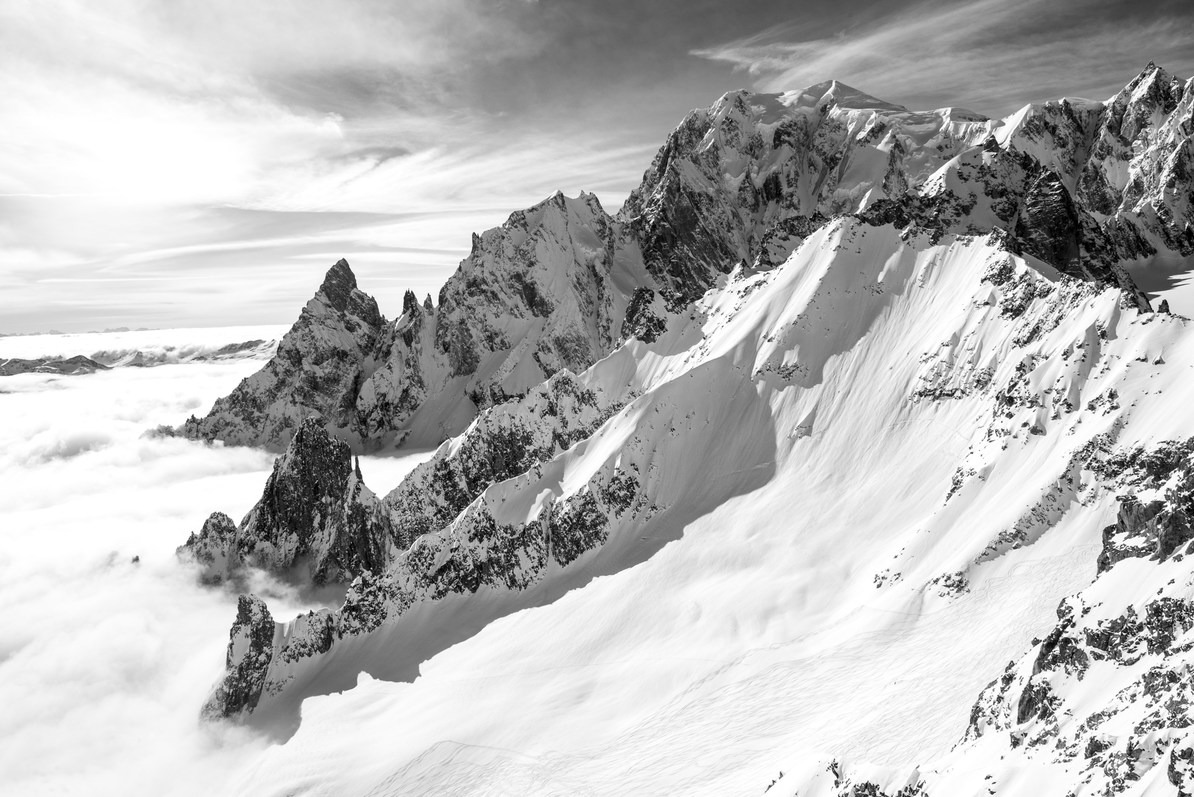
OP: If you could only do one outdoor activity for the rest of your days, which would it be and why?
Ian Fohrman: I’ve grown to love mountain biking almost as much as skiing. Which is probably a good thing, since we might not have much left of winter by the end of my days. But… skiing would be an obvious first choice for me if my body and the environment are able to hold out.
OP: You get to travel to some incredible places and tackle some amazing projects for your job, but is there one place or project in particular that ranks at the very top?
Ian Fohrman: I would say Asia in general. Japan has such amazing culture, food, mountains, and snowpack. There’s nothing quite like skiing pow pillows under the lift line all day, skiing through town straight to a pair of slippers and a kimono/robe, soaking in a natural spring onsen, and then having a delicious traditional meal in a cozy establishment while it continues to dump outside.
China has also always been extremely interesting to me because of the rapidly changing social, political, and economic conditions. The balance of capitalism and communism, of freedom and control, is fascinating to witness. The newness of urbanization and a developing middle class also creates a culture that feels different from anywhere else I’ve ever been. I also just really enjoy walking around somewhere feeling like a space alien. Skateboarding through Beijing or Shanghai makes you feel like you’re Marty McFly on a hover-board.
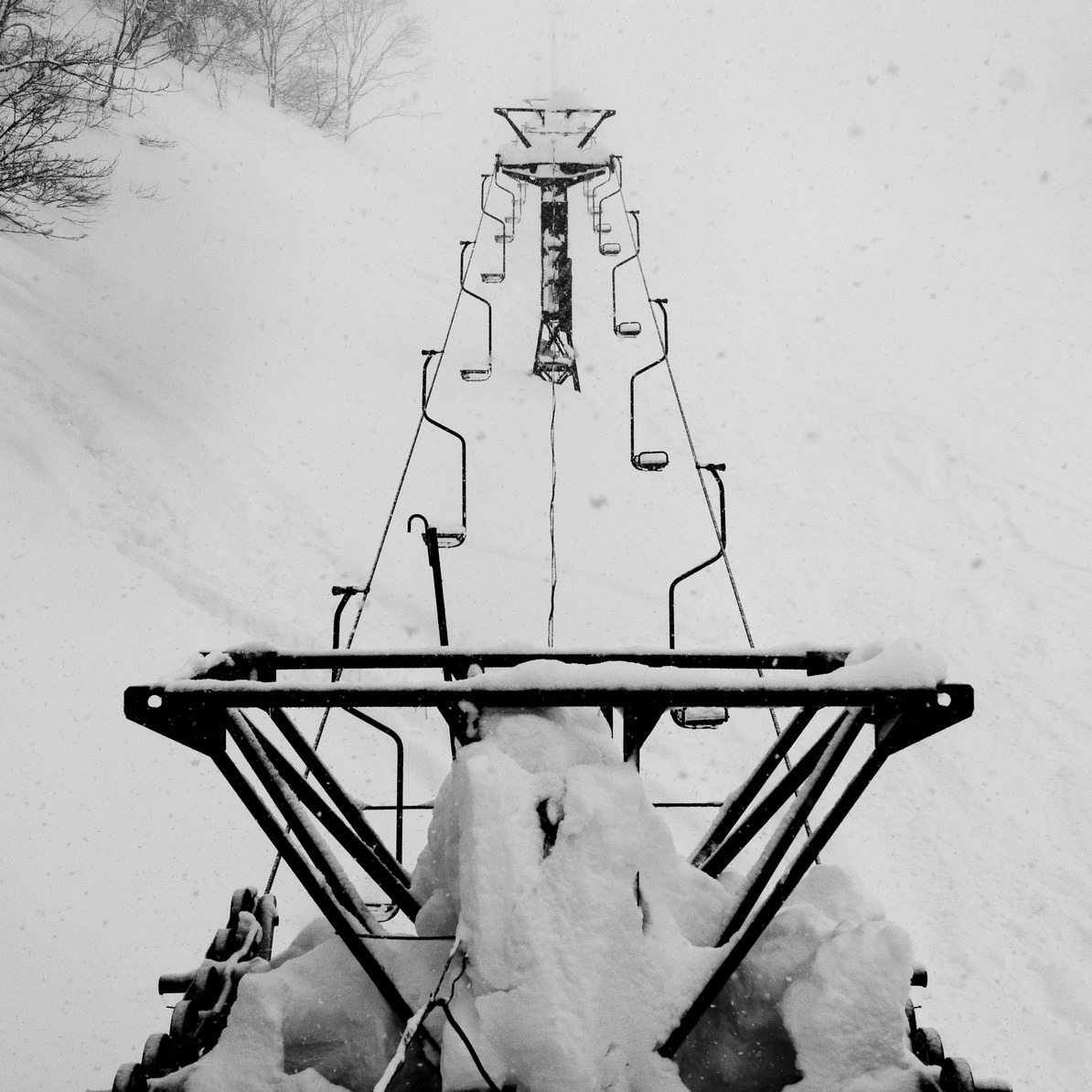
OP: Besides your photography setup, what is the one piece of gear that you never leave home without?
Ian Fohrman: I have the basic mental “spectacles, testicles, wallet, and watch” checklists for different activities.
- Skiing: Boots, skis, poles. Beacon, shovel, probe. Hat, gogs, gloves.
- Biking: Gloves, pads, helmet. Water, snacks, tools, tube.
- Hunting: Binocs, bow, bugle.
I have a little basic emergency kit that migrates constantly from hydration pack to avy pack and back as well as a knife, Clif snacks, water, and shit-tickets.
Q: If you could give one piece of advice to yourself when you were just starting out as a photographer, what would it be?
Ian Fohrman: Study work you admire. Really study it. Ask yourself why you like it. Ask lots of questions to people who know more than you. Be nice and work hard. Be fair. Do what you say you’re going to do. Always take the high road.
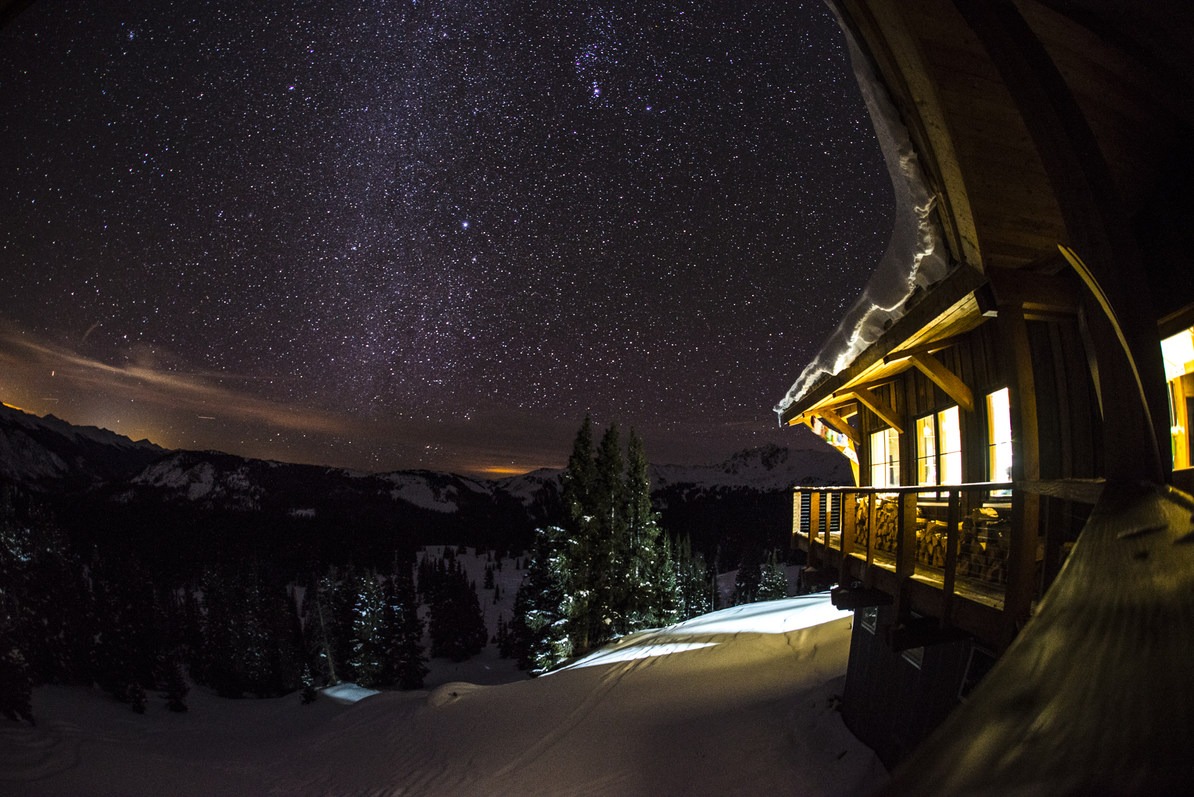
OP: The world of adventure photography is rapidly growing. How are you stepping things up to stand out from the crowd?
Ian Fohrman: I’m constantly thinking about this. Honestly I think the biggest way that I stand out from the crowd is that I also write, shoot video (though this is becoming less and less unique among still photographers), and direct in the commercial world. I think this often helps me get work.
More importantly though, I also try to bring my own style or perspective to whatever I’m shooting. I’m always trying to close the gap between my taste and my work, and I like work that makes you think about a subject in a new way.
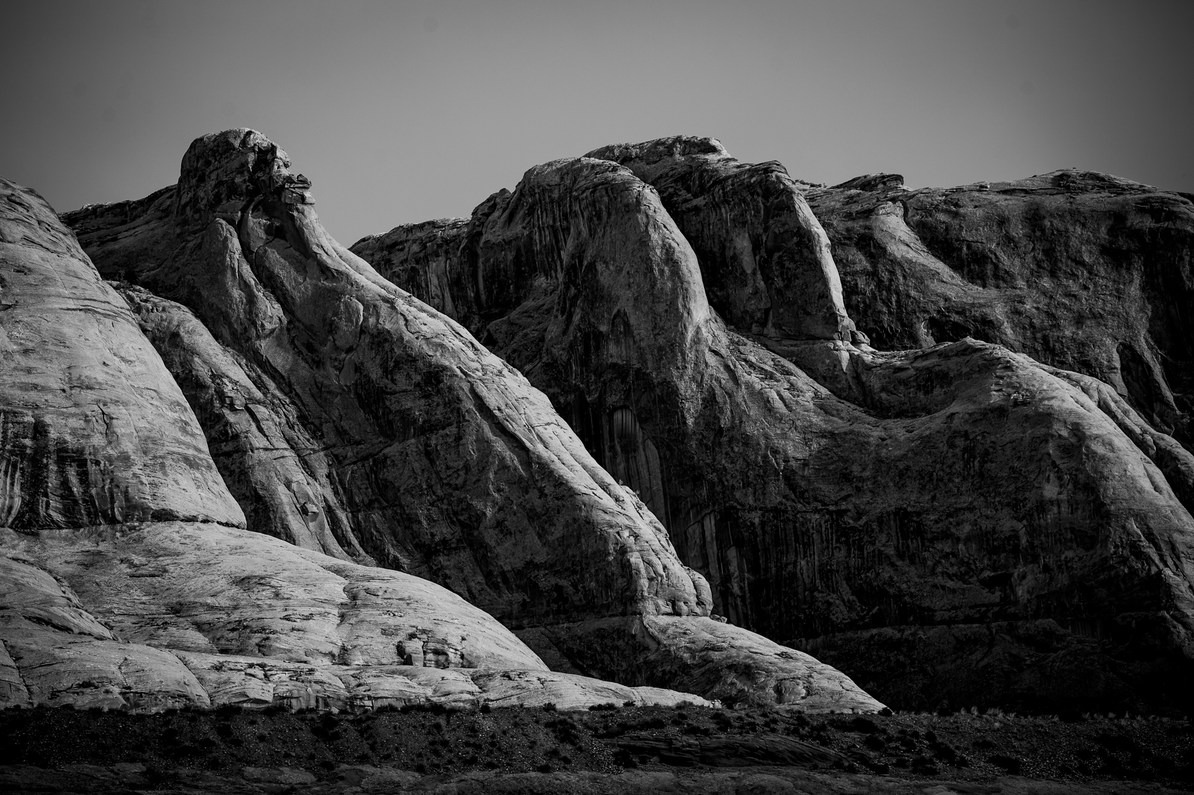
OP: Who has inspired you along your career path?
Ian Fohrman: So many people! My business partner at The Public Works, Mike Arzt, has been an amazing mentor, inspiration, and partner throughout my career. I was a fan of Mike’s genius marketing efforts at Airwalk years before we actually met each other. He’s a legend in the snowboard industry and one of the smartest, most fun, and most balanced (creative and business savvy, driven but chill) people I know. I owe him a lot.
My good friend Tess Weaver has also been hugely influential in my life/career. When I came back from the Pacific lost and working back to back restaurant jobs, she had just finished her internship at Powder magazine. She opened my eyes to an entire world of telling adventure stories through words and photos. She also shared Rolf Pott’s Vagabonding with me, which was hugely influential to me at the time.
No man (or woman) is an island, and my life/career has been completely driven and defined by the amazing people I’m lucky enough to be surrounded by.
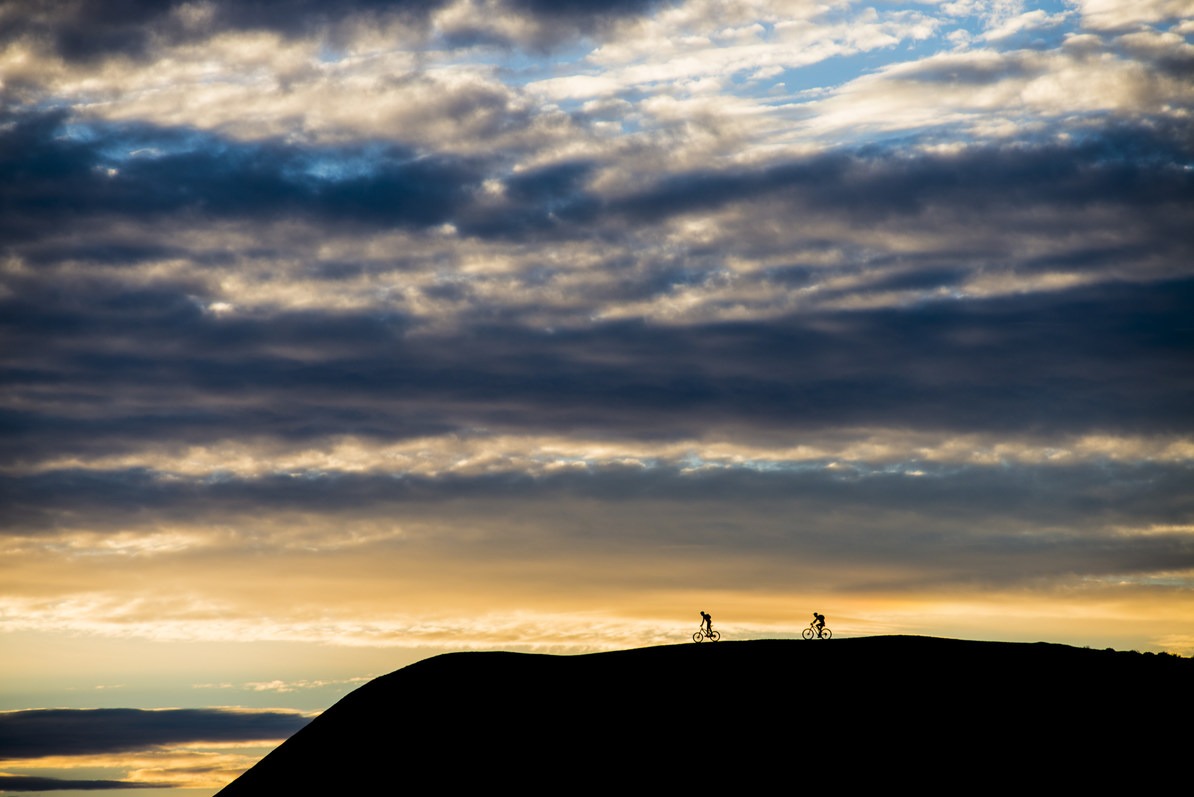
Q: Conservation and protection of our public lands are central themes in today’s outdoor recreation narrative. As someone who spends a significant amount of time on public lands, what role do you think photographers and storytellers should play in this evolving conversation and landscape?
Ian Fohrman: It’s a tough question. There are two subsequent questions (or criticisms) that seem to arise when talking about this issue, one leads to the next. The first pertains to the efficacy of individual action and the second is about hypocrisy.
The hypocrisy question is an easier one for me to answer. It often comes up when photographers/storytellers/athletes go to a far flung location to expose the effects of climate change, plastics in the ocean, etc. Yes, they’re burning jet fuel to get there. Yes, they could have stayed home. However, I believe that, especially if done well, the imagery and conversation around these important issues can make a contribution to a changing zeitgeist that will eventually pressure the powers that be to make real change.
How big is that contribution? How much does it take to swing public opinion? What is the cumulative effect of images and stories? What is the magic sauce that enabled Blackfish to shut down Seaworld or Nic Ut’s Napalm Girl photo to help turn the tide of public opinion on the Vietnam war? I would be a rich and powerful man if I had an easy answer or a simple formula. Even with that uncertainty, I do know that apathy, fear of criticism, or waiting for personal perfection before action is the wrong approach.
Personally I do my best to take individual actions to be less of the problem: bike commuting, raising/hunting food, quitting meat, avoiding plastic as much as possible, voting for best practices with my dollars, and trying to be vocal and engaged about these things. However, I harbor no illusions that I’m changing the world or really making much of a dent in anything with my personal actions. I just would rather not be part of the problem, and most of these things are simple joys that enhance life anyway.
I think joining your voice with others is the best way to amplify the message. Joining, donating, participating in larger organizations that can get the ear of government and corporations seems like the most effective course. I’m always looking to find my biggest lever to effect positive change in these issues… so if anyone out there has opportunities where my work could help the cause, please get ahold of me!
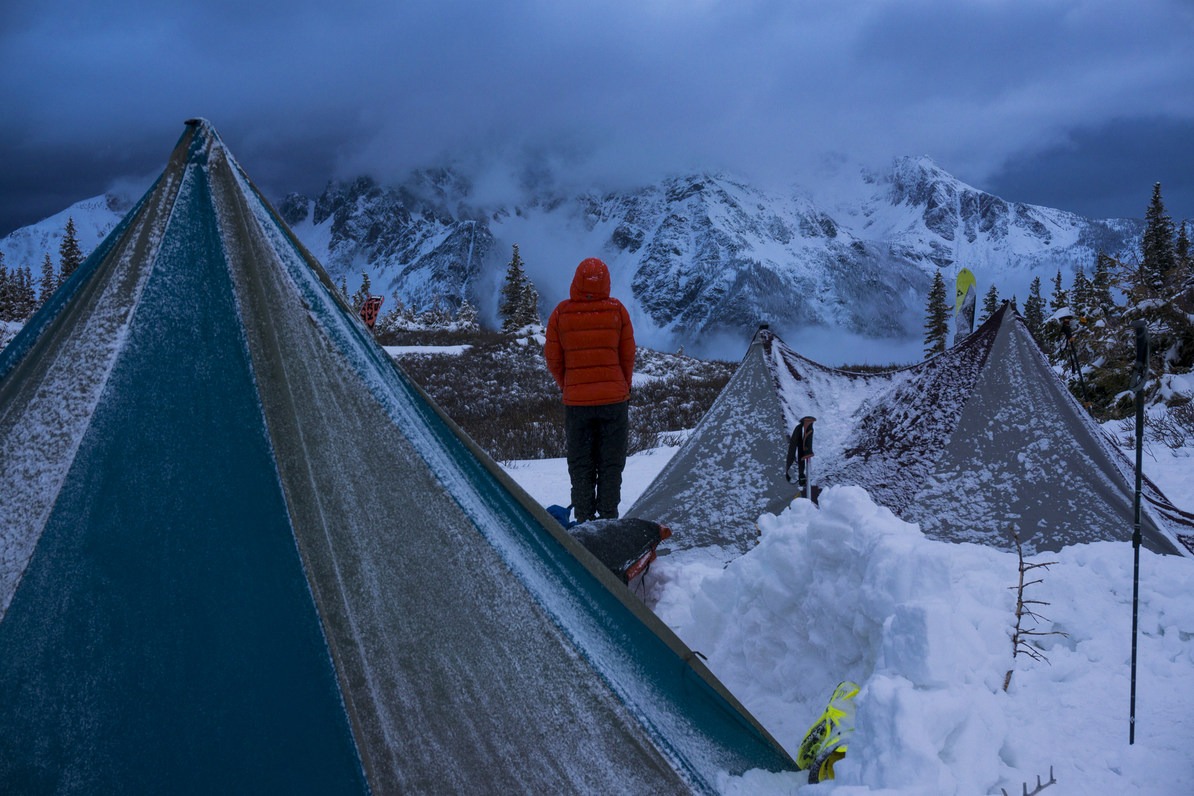
OP: We’ve loved watching your stories and images light up publications throughout the outdoor industry; what’s next for you in the coming months and years?
Ian Fohrman: I’m doing my best to take on more work that is meaningful to me. I want to to make emotionally powerful and visually interesting/beautiful/meaningful work (directing/shooting/writing). I want to share awe and beauty that I see every day in nature, art, music, philosophy, science, medicine, and people. I want to tell stories that at least make people think and at best make a difference. I’m doing my best to choose work that’s in accordance with my values (sustainability, kindness, curiosity).
With The Public Works, we’re currently working on the last stages of a brand video for Airstream. I’m really excited about it because we’re trying some bigger, bolder things than I’ve been able to play with in the past. We’re collaborating with some extremely talented individuals, and I’m learning a ton.
It’s also snow magazine pitch season, so I’m working on a few pitches that I’m excited about. One is about the developing ski-touring scene in Greece, and one is about a snow chemistry study that’s 20 years in the making throughout the Rocky Mountains. We’ll see what happens.
Check out the photo gallery for more of Ian's awesome work!
And follow along on Ian's adventures by visiting his website or following him on Instagram.

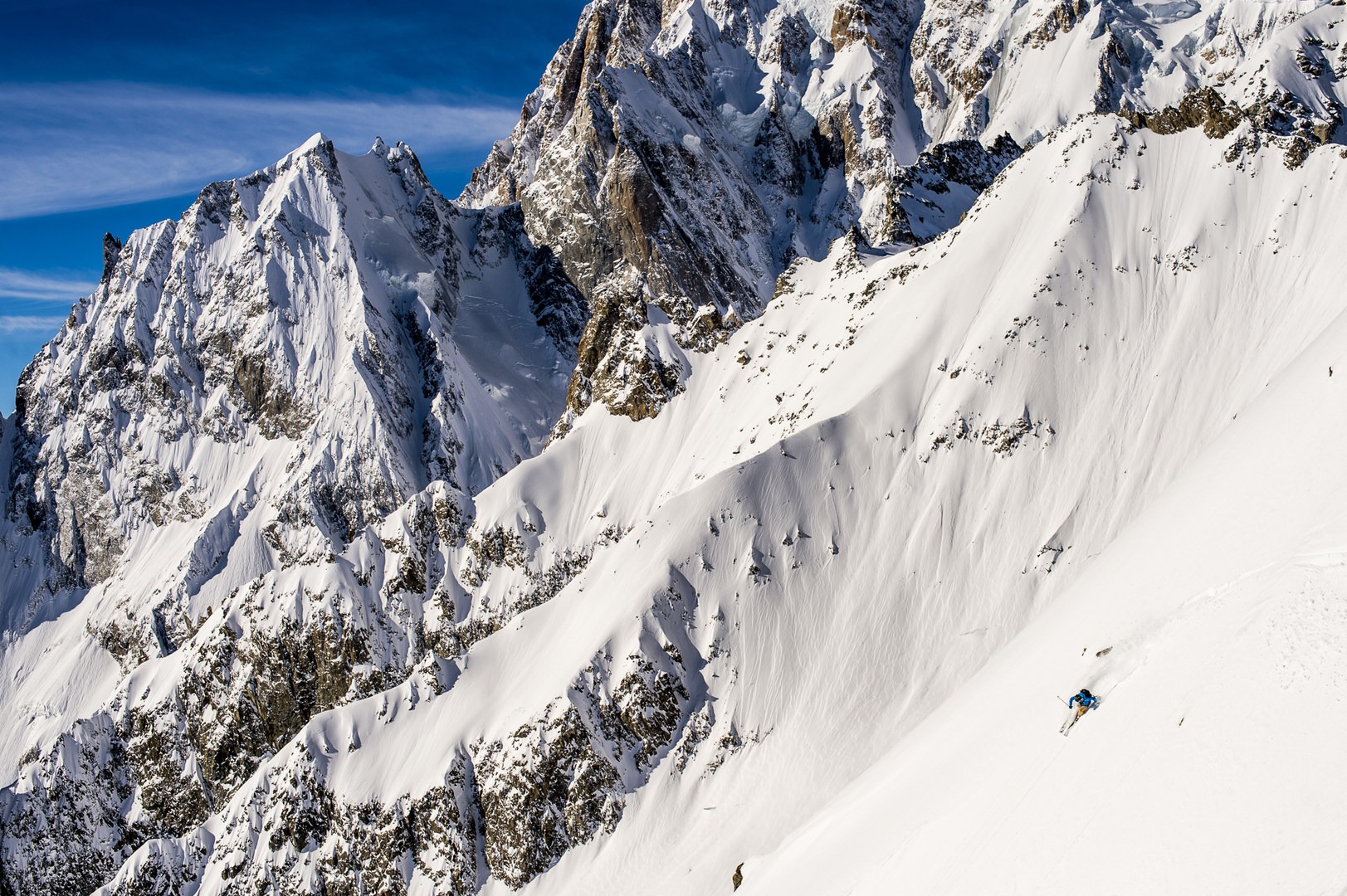
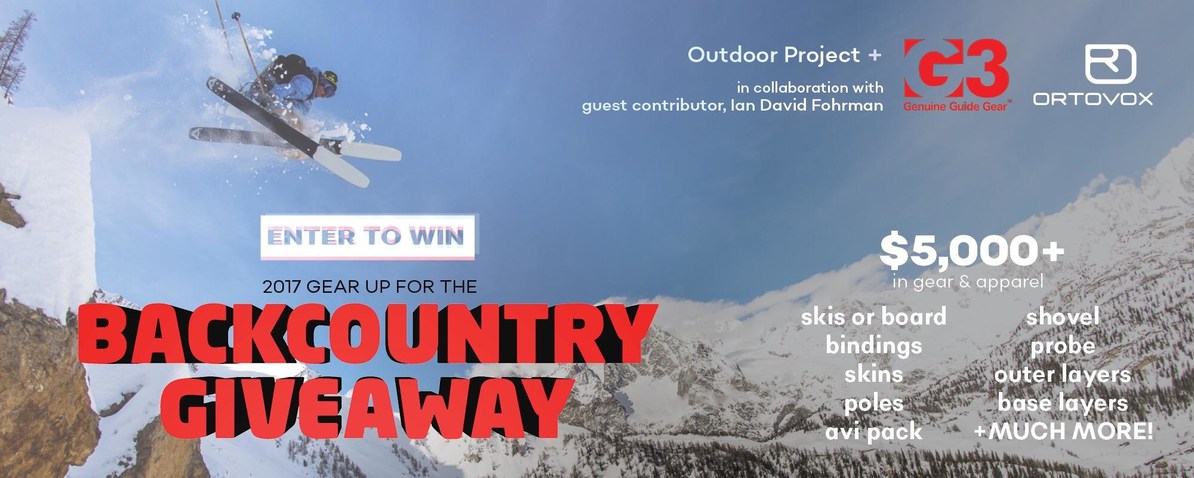



Comments
Sign In and share them.